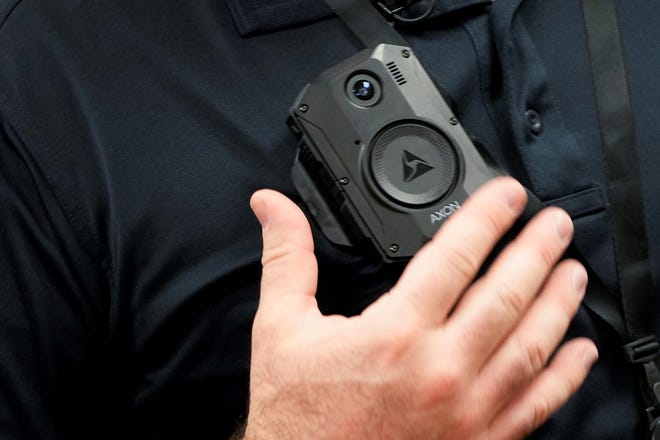

Electronic scrutiny might have its place. That place, it seems, is every place.
The wild, to the extent it exists in Ohio, was not so long ago a haven offering escape from everyday surveillance. It presented the prospect of retreat, even if illusory, from the grasp of technological tangle.
Roaming phones pretty much put an end to that for people, and ubiquitous trail cams allowed unwitting animals to run but not hide. The surveillance replicates, perhaps in a more benevolent form, the stakeout character of city and suburbs, where cameras keep an unblinking watch – even on porches.
Whether cameras in the hands of authority make the world safer or fairer remains questionable, though beyond dispute is it produces revenue.
The Ohio Department of Natural Resources (ODNR) announced recently it’s spending $3.5 million allotted to the state under the Federal Coronavirus Relief Fund on body cameras to be worn no later than year’s end by wildlife and natural resources officers.














